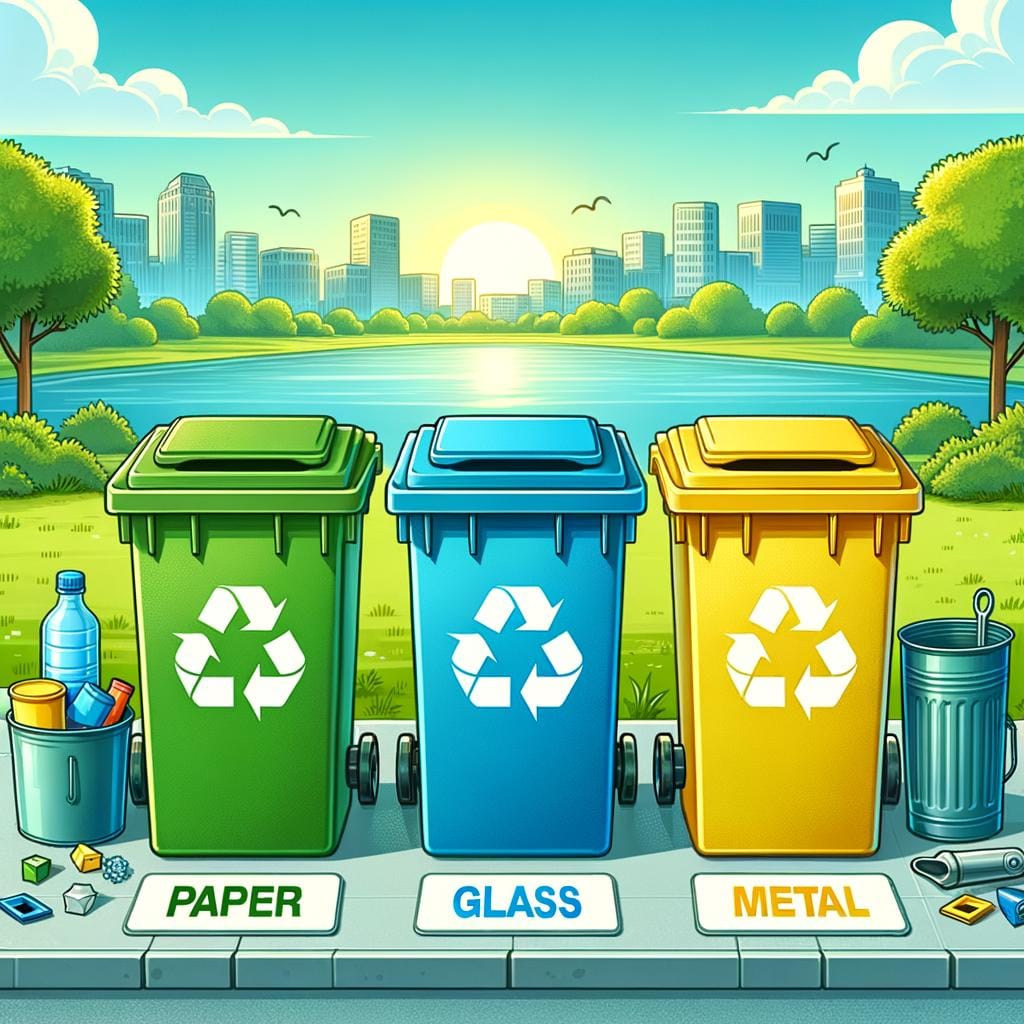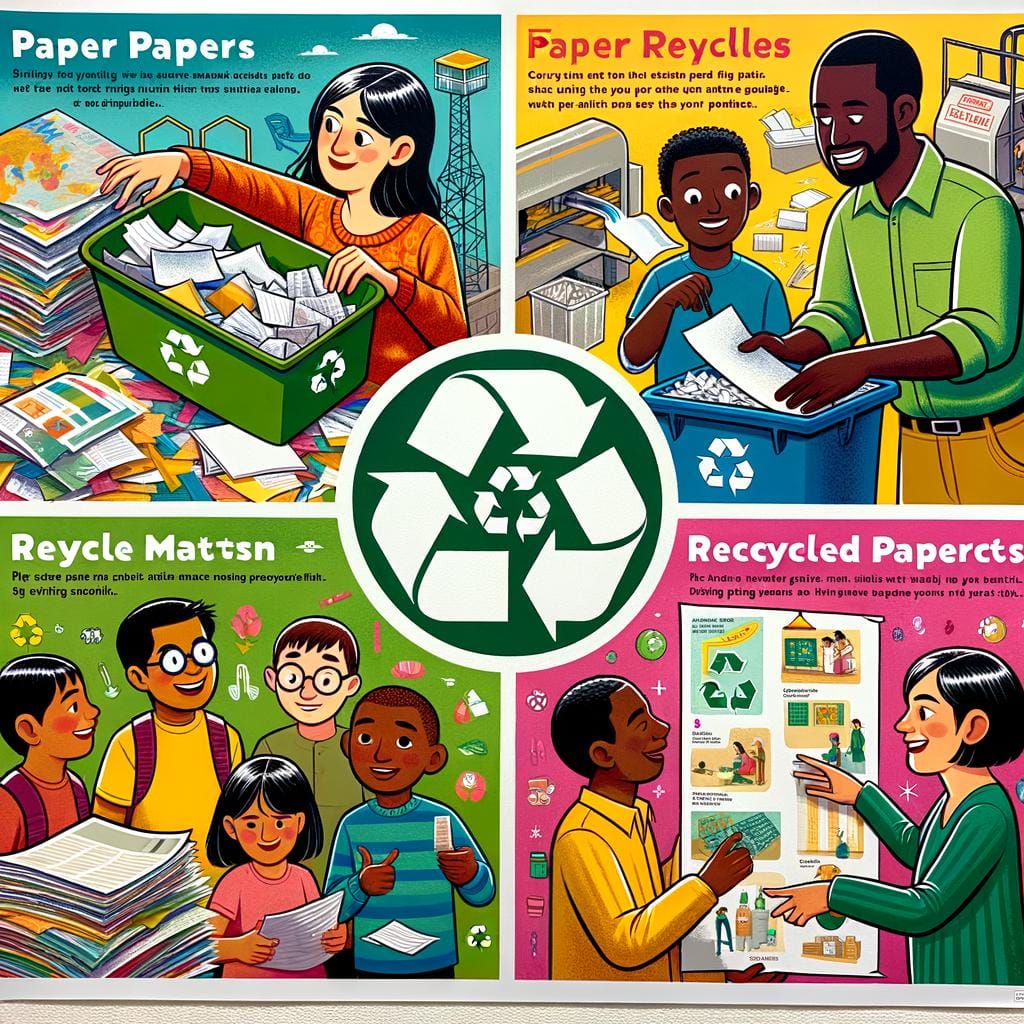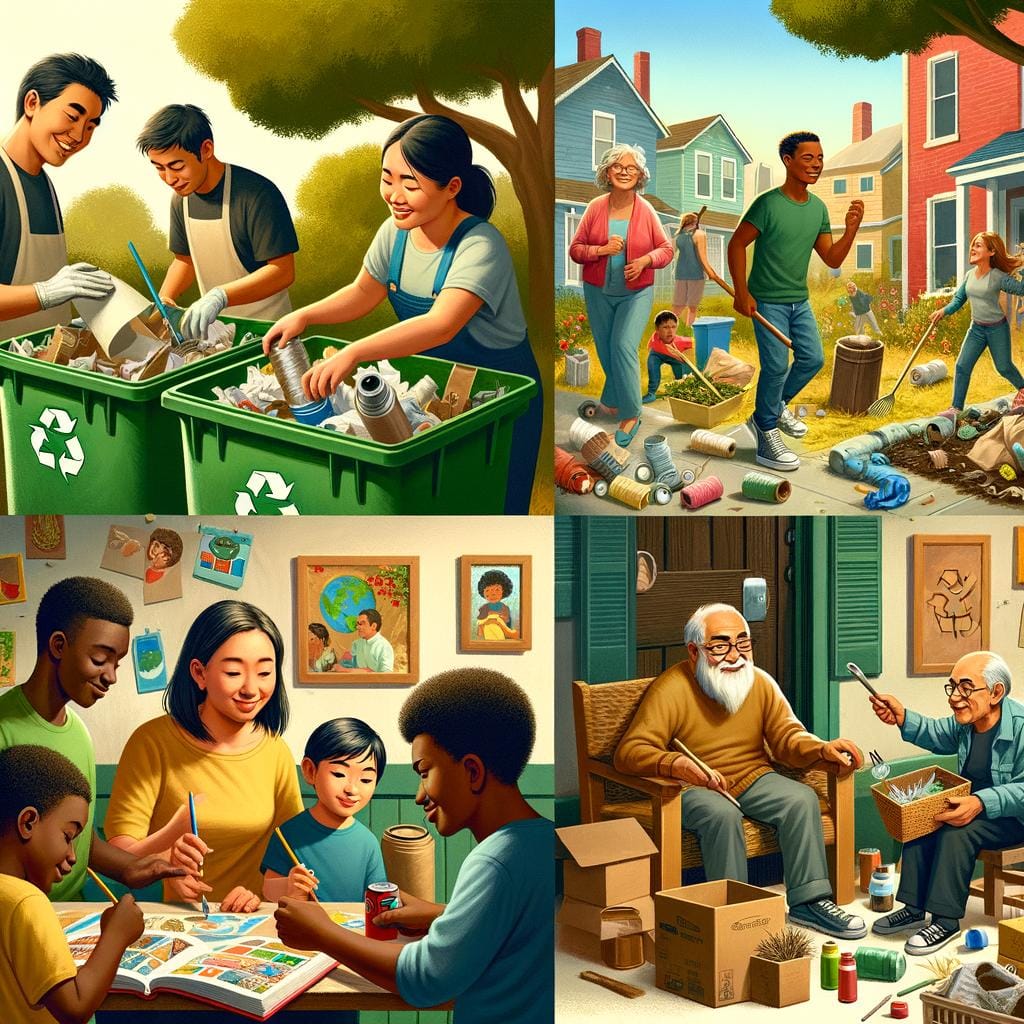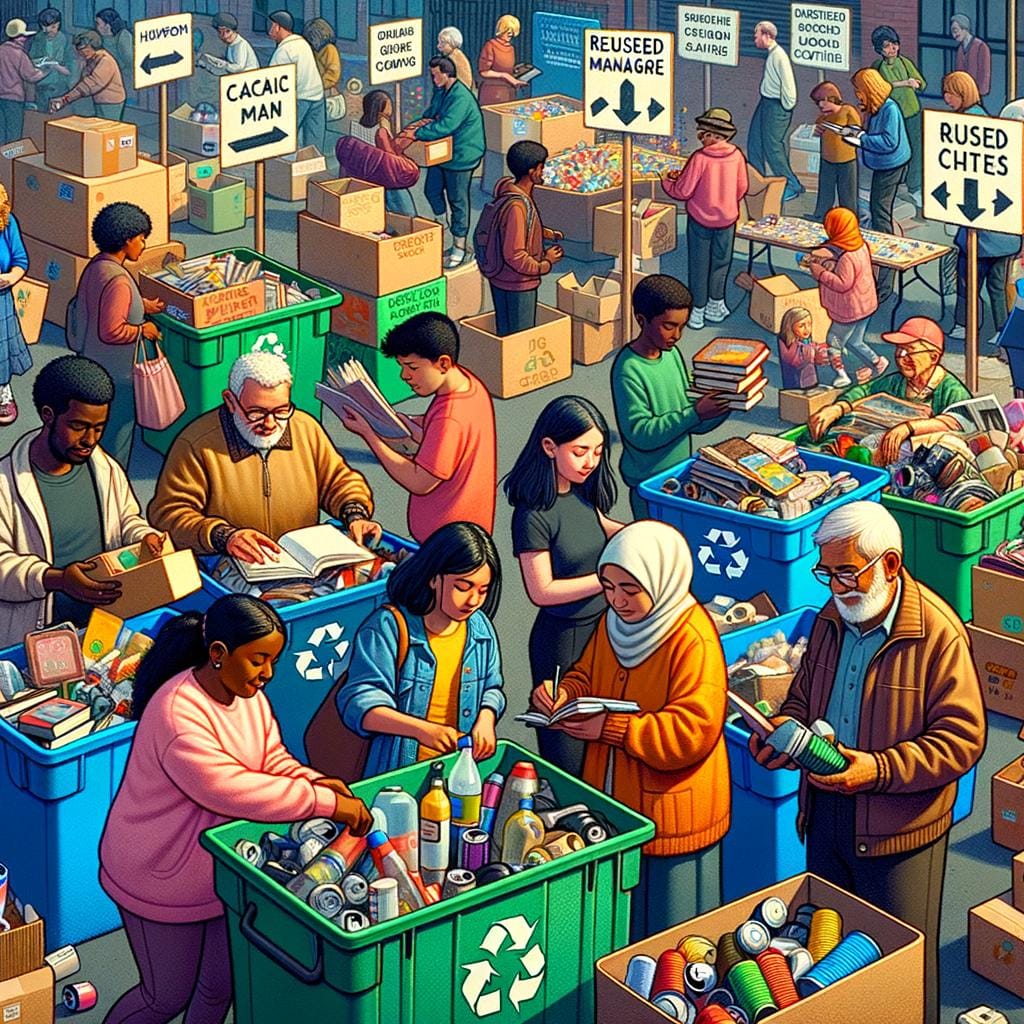Recycling bins arrangement is a crucial aspect of effective waste management and environmental conservation. Properly organizing recycling bins in homes, offices, and public spaces plays a significant role in promoting sustainable practices and reducing the negative impact of waste on our planet. By segregating recyclable materials from general waste, we can ensure that valuable resources are recovered and diverted from landfills.
In today’s world, there are various types of recycling bins available to cater to different needs. From color-coded bins for sorting paper, plastic, and glass to compost bins and electronic waste recycling bins, each type serves a specific purpose in the recycling process. Understanding the function of each bin can help individuals make informed decisions about how to dispose of their waste responsibly.
Selecting the right location for recycling bins is equally important in encouraging adoption and compliance with recycling practices. Factors such as convenience, visibility, and accessibility should be considered when placing recycling bins indoors or outdoors. By making it easy for people to access and use the bins, we can increase participation rates and ensure that recyclable materials are properly collected and processed.
Types of Recycling Bins
Recycling bins come in various types and designs, each serving a specific purpose in the waste management and recycling process. Understanding the different types of recycling bins available can help individuals, businesses, and communities effectively separate and recycle their waste materials. Here are some common types of recycling bins:
- Color-Coded Bins: Color-coded recycling bins are designed to separate different types of materials such as paper, plastic, glass, and metal. By assigning a specific color to each material category, users can easily identify where to dispose of their recyclables. This system helps streamline the recycling process and ensures that materials are sorted correctly for processing.
- Compost Bins: Composting is an eco-friendly way to recycle organic waste such as food scraps, yard trimmings, and other biodegradable materials. Compost bins provide a designated space for collecting organic waste, which can then be converted into nutrient-rich compost for gardening and landscaping purposes. These bins help reduce landfill waste while promoting sustainable practices.
- Electronic Waste Recycling Bins: Electronic waste, or e-waste, refers to discarded electronic devices like computers, cell phones, and appliances. Specialized e-waste recycling bins allow individuals to safely dispose of these items for proper recycling and disposal. Recycling electronic devices helps prevent hazardous materials from contaminating the environment and promotes resource conservation through the recovery of valuable metals and components.
Each type of recycling bin serves a unique function in the overall waste management system. By incorporating these specialized bins into homes, offices, and public spaces, individuals can contribute to environmental conservation efforts while promoting sustainable practices within their communities.
Properly organizing recycling bins based on their type and intended use is essential for maximizing the effectiveness of waste separation and recycling initiatives. Whether it’s implementing color-coded systems for sorting different materials or providing designated compost bins for organic waste, strategic recycling bin arrangement can streamline the collection process and facilitate proper disposal practices.
In addition to standard recycling bins, special consideration should also be given to electronic waste disposal options to ensure that old gadgets are properly recycled rather than ending up in landfills or polluting waterways. By including a variety of recycling bin types in homes and workplaces, individuals can actively participate in reducing their environmental footprint while contributing to global sustainability goals.
Location Selection
Proper location selection for recycling bins is crucial in ensuring effective waste management and encouraging recycling habits among individuals. Whether it’s in homes, offices, or public spaces, the placement of recycling bins plays a significant role in promoting sustainability. Consideration must be given to factors such as convenience, visibility, and accessibility to facilitate easy and consistent use of the bins by occupants.
Indoor Placement
When it comes to indoor placement of recycling bins, it is essential to place them in high-traffic areas where people are more likely to generate recyclable waste. Common areas like kitchens, near desks in offices, or by entryways are ideal locations. Ensure that the bins are easily accessible and clearly visible to encourage proper disposal of recyclables.
Outdoor Placement
For outdoor spaces, such as parks, streetscapes, or public plazas, the arrangement of recycling bins should also focus on visibility and accessibility. Strategic placement near high foot traffic areas, such as entrances or gathering spots, can increase usage. Additionally, consider weather-resistant and secure options for outdoor bins to withstand environmental elements and prevent tampering.
Tips for Effective Location Selection
- Place recycling bins next to trash cans to promote waste segregation
- Consider installing multiple smaller bins instead of one large bin for increased convenience
- Ensure that the location chosen does not obstruct pedestrian flow or create safety hazards
- Regularly assess the need for additional bins based on usage patterns and adjust placement accordingly
By carefully selecting the best locations for recycling bins based on these considerations, individuals and communities can contribute significantly to waste reduction efforts and environmental conservation. Creating a user-friendly environment with well-placed recycling bins encourages responsible disposal practices while promoting a culture of sustainability.
Size and Capacity
When it comes to setting up an effective recycling system, one of the key considerations is selecting the right size and capacity for recycling bins. Choosing bins that are appropriately sized based on the amount of waste generated and the available space can greatly impact the success of a recycling program. In homes, offices, and public spaces, having the correct size and capacity of bins ensures that there is enough room to collect recyclables without overflowing or causing clutter.
Compact Bins for Small Spaces
For smaller living or working areas where space is limited, opting for compact recycling bins is ideal. These bins are designed to fit into tight corners, under desks, or in other confined spaces without taking up too much room. Compact bins are often stackable or collapsible, allowing for easy storage when not in use. They are perfect for encouraging recycling in areas with limited floor space while still promoting sustainable waste management practices.
Larger Bins for High-Traffic Areas
In high-traffic locations like commercial buildings, educational institutions, or public parks, larger recycling bins with higher capacities are essential. These bins can accommodate a large volume of recyclables generated by a higher number of people using the area.
By having bigger bins strategically placed in these busy areas, it encourages individuals to dispose of their recyclables properly without overflowing bins becoming a common sight. Additionally, larger bins may require less frequent emptying, making them more efficient for managing waste in bustling environments.
When considering the size and capacity of recycling bins for any setting, it’s essential to assess the volume of recyclables produced regularly and match it with appropriately sized containers. Whether opting for compact bins in small spaces or larger ones in high-traffic areas, selecting the right size and capacity ensures effective waste management while promoting eco-friendly practices through proper recycling bin arrangement.
Labeling and Signage
Informative signage accompanying recycling bins can further educate users on what materials are accepted for recycling in each bin. This communication is essential in preventing contamination of recyclable materials with non-recyclables, improving the quality of the collected materials for processing. Additionally, clear instructions on how to prepare items for recycling, such as rinsing out containers or removing caps, can enhance the efficiency of the recycling process.
In public spaces like parks, schools, and office buildings, well-designed signage near recycling bins can serve as educational tools to promote environmental awareness and encourage sustainable behavior. Highlighting the environmental benefits of recycling and providing statistics on waste reduction can inspire individuals to actively participate in recycling efforts. Effective labeling and signage not only facilitate proper waste disposal but also contribute to creating a culture of sustainability within communities.
| Aspect | Importance |
|---|---|
| Clear labeling | Facilitates proper waste segregation |
| Educational signage | Prevents contamination and improves recyclable material quality |
| Promotion of environmental awareness | Fosters sustainable behavior in communities |
Maintenance and Cleanliness
Proper maintenance and cleanliness of recycling bins are crucial to ensure effective waste management and prevent contamination and odors. By following simple tips and regular cleaning schedules, individuals and organizations can contribute to a cleaner environment. Here are some key practices to keep recycling bins in top condition:
- Regular Cleaning: It is essential to clean recycling bins regularly to remove any residue, spills, or dirt that can lead to foul odors and attract pests. Use environmentally-friendly cleaning products and rinse the bins thoroughly with water.
- Proper Disposal of Waste: Make sure to dispose of recyclable materials correctly in the designated bins to avoid mixing non-recyclable waste. This helps maintain the quality of the recycled materials and prevents contamination.
- Organizing Recycling Collection Services: Consider setting up a schedule for recycling collection services to ensure timely removal of waste. Coordinate with local recycling facilities or waste management companies for efficient collection and processing of recyclables.
By implementing these maintenance practices, individuals can contribute to the sustainability goals of their homes, offices, or public spaces. Preventing contamination in recycling bins not only enhances the efficiency of waste management but also promotes a healthier environment for everyone.
It is important to create awareness about proper recycling bin arrangement and maintenance within communities. Educating individuals about the significance of cleanliness in recycling practices can lead to more responsible behaviors towards waste disposal. Together, through collective action and engagement, communities can make a significant impact on environmental conservation efforts.
Aesthetics and Design
One creative way to incorporate recycling bins into indoor spaces is by selecting bins that complement the existing interior design. For example, choosing sleek metal bins for modern office settings or wooden bins for rustic-themed restaurants can enhance the visual appeal of the space while promoting environmentally friendly practices. In outdoor areas such as parks or public squares, decorative recycling bins with vibrant colors and engaging designs can attract attention and encourage people to dispose of their waste properly.
Moreover, functional bin designs that address specific waste management needs can also contribute to effective recycling practices. For instance, introducing stackable or collapsible recycling bins can optimize space utilization in compact areas like small apartments or crowded events. Additionally, integrating compartments within a single bin for different types of recyclable materials (e.g. paper, plastic, glass) simplifies the sorting process for users and ensures proper waste segregation.
When considering the arrangement of recycling bins in any setting, it is essential to strike a balance between aesthetics and functionality. The visual appeal of well-designed recycling bins coupled with their practicality can create an inviting environment that encourages active participation in recycling initiatives. By strategically placing these bins in prominent locations with eye-catching designs, individuals are more likely to embrace the habit of responsible waste disposal and contribute towards a cleaner, greener future.
| Aspect | Consideration |
|---|---|
| Design Complement | Select bin designs that match interior or exterior aesthetics. |
| Functionality | Choose bins with compartments or stackable features for efficient use. |
| Placement | Position bins in visible and accessible locations for maximum impact. |
Community Engagement
In conclusion, proper recycling bins arrangement is a crucial aspect of effective waste management and environmental conservation. By organizing recycling bins in homes, offices, and public spaces, we can significantly contribute to reducing our ecological footprint and promoting a sustainable lifestyle. The benefits of segregating recyclable materials into different types of bins, such as paper, plastic, glass, compost, and electronic waste bins, are immense in terms of resource conservation and pollution reduction.
Selecting the right location for recycling bins is essential for ensuring their accessibility and visibility. Whether placed indoors or outdoors, convenience plays a key role in encouraging individuals to participate in recycling efforts. Additionally, choosing the appropriate size and capacity for recycling bins is important to accommodate the amount of waste generated in each specific area. Compact bins for small spaces and larger bins for high-traffic areas help streamline the recycling process and make it more efficient.
Furthermore, engaging the community in recycling initiatives through awareness campaigns, educational workshops, and collaborative projects is vital in fostering a culture of sustainability. By actively involving individuals in recycling efforts and educating them on the importance of waste segregation, we can create a more environmentally conscious society.
Together, through collective action and commitment to proper recycling practices, we can make a significant impact on conserving our planet’s resources for future generations. Remember that even small steps like arranging recycling bins thoughtfully can lead to significant positive changes in our environment.
Frequently Asked Questions
How Do You Organize Your Recycling?
I organize my recycling by setting up separate bins for different materials such as paper, plastic, glass, and metal. This makes it easier to sort through the items before taking them to the recycling center.
What Goes Together in Recycling Bins?
When it comes to recycling bins, I usually place paper and cardboard together in one bin since they are both made of similar materials. Glass and metal typically go together in another bin. This helps streamline the recycling process and ensures that each material is properly sorted.
Which Bin Does Plastic Go In?
Plastic usually goes into the recycling bin designated for mixed recyclables along with other materials like glass, metal, and certain types of paper products. It’s important to check with local recycling guidelines to determine which specific types of plastic are accepted in your area before disposing of them.

Hello, I’m April Denton, your go-to expert for all things home decluttering and organization. With over a decade of experience helping individuals transform their living spaces into serene, clutter-free sanctuaries, I am passionate about the life-changing benefits of decluttering. My journey into the world of organization began out of necessity, juggling a busy career and a bustling household. I quickly realized that a well-organized home was the key to a more balanced, stress-free life.





